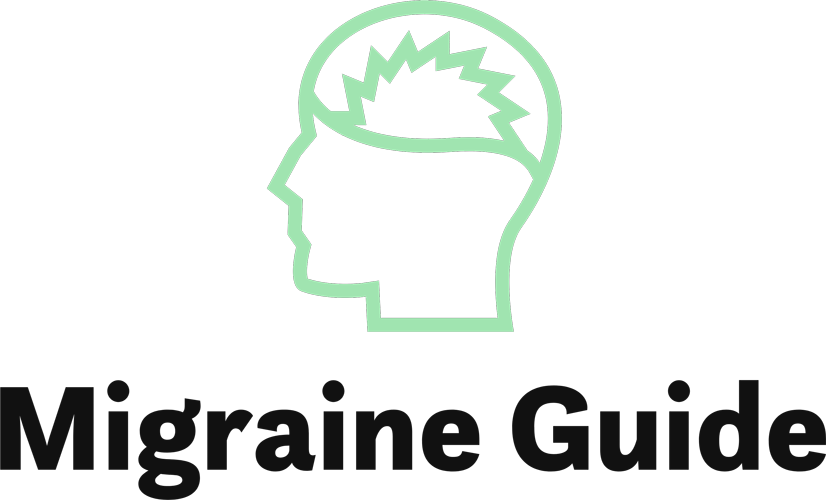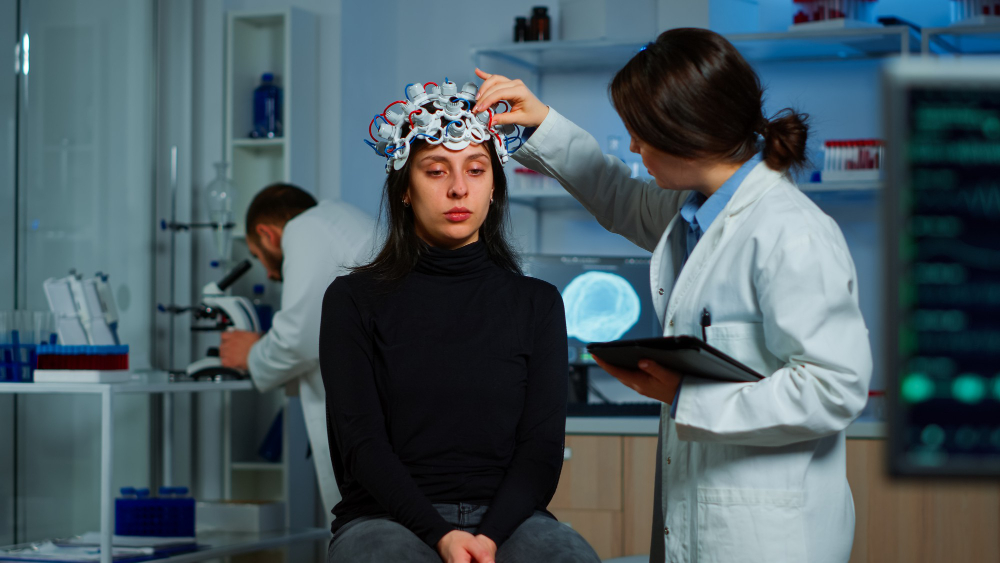Headaches are one of the most common reasons people seek medical care. While most headaches are benign and related to primary headache disorders like migraines or tension-type headaches, some can signal a more serious underlying condition. If you suffer from frequent or severe headaches, it’s important to understand how doctors approach the evaluation and diagnosis process. This knowledge can help you advocate for yourself and ensure you get the best care possible.
Step 1: Understanding Your Headache Type
When you visit a doctor for headaches, they will first determine whether you have a primary headache disorder (like migraine, tension-type, or cluster headaches) or a secondary headache (caused by another medical condition, such as an infection, high blood pressure, or a brain tumor).
Most Common Primary Headaches
1. Migraine – Usually one-sided, throbbing, and associated with nausea, light/sound sensitivity, or visual disturbances (auras).
2. Tension-Type Headache – A dull, band-like pressure around the head, often linked to stress.
3. Cluster Headache – A severe, piercing pain around one eye, occurring in cycles.
4. Chronic Daily Headache – Headache occurring 15 or more days per month for at least three months.
Red Flags That Suggest a Secondary Cause
While most headaches are not dangerous, doctors will look for “red flags” that could indicate a more serious problem:
- Sudden onset (“thunderclap” headache) – Can be a sign of bleeding in the brain.
- Headache after age 50 – Increases concern for giant cell arteritis or other vascular issues.
- New or worsening headaches – Particularly in someone with cancer or HIV.
- Headaches triggered by coughing, exertion, or position changes – May indicate increased intracranial pressure.
- Fever, stiff neck, or altered mental status – Could be a sign of meningitis or another infection.
- Neurologic symptoms – Weakness, confusion, slurred speech, vision loss, or seizures need immediate attention.
If any of these red flags are present, your doctor will likely order further tests to rule out serious conditions.
Step 2: Comprehensive Medical History
Your doctor will start by asking detailed questions about your headaches, including:
- How long have you had them?
- How often do they occur?
- What do they feel like (sharp, throbbing, dull)?
- Where is the pain located?
- What triggers them (stress, food, lack of sleep)?
- Any associated symptoms (nausea, dizziness, visual changes)?
- Any family history of migraines?
- Any lifestyle habits (caffeine, medications, hydration, diet)?
A headache diary can be a useful tool in this process. Keeping track of your headaches, their severity, and possible triggers can help your doctor make a more accurate diagnosis.
Step 3: Physical and Neurological Exam
Doctors perform a neurological examination to check for any signs of nervous system dysfunction, which could suggest a more serious underlying cause. This exam may include:
- Checking your reflexes
- Testing muscle strength and coordination
- Examining your eyes for signs of increased brain pressure
- Checking for neck stiffness (a sign of meningitis)
- Assessing balance and sensation
Most people with migraines or tension-type headaches will have a completely normal neurological exam.
Step 4: When Imaging or Further Tests Are Needed
For most headache sufferers, brain scans (MRI or CT scans) are not necessary. However, imaging may be ordered if:
- You have a sudden, severe headache (possible brain hemorrhage).
- You have a new headache pattern or worsening symptoms.
- There are abnormal neurological findings on exam.
- You have a history of cancer, HIV, or other conditions that increase risk for secondary headaches.
In rare cases, a lumbar puncture (spinal tap) may be needed to check for infections or bleeding in the brain.
Step 5: Identifying and Managing Triggers
If no secondary causes are found, the focus shifts to identifying and managing triggers. Common migraine triggers include:
- Caffeine – Can both cause and relieve migraines, but regular use may lead to rebound headaches and withdrawal symptoms. Often causing more harm than good.
- Stress – A leading factor in many headache types.
- Sleep Disruptions – Too much or too little sleep can be a trigger.
- Diet – Processed foods, artificial sweeteners, and alcohol (especially red wine) can be culprits.
- Hormonal Changes – Common in women, particularly around menstruation.
- Environmental Factors – Weather changes, bright lights, and strong odors can play a role.
Lifestyle modifications such as hydration, stress management, regular exercise, and proper sleep can significantly reduce headache frequency and severity.
Advocate for Yourself: When to Push for More Evaluation
While most headaches are benign, you know your body best. If your doctor dismisses your concerns but you feel something is wrong, don’t be afraid to push for further testing or a second opinion. Advocate for yourself by:
- Keeping a headache diary (tracking all possible symptoms, routines, triggers, and intake)
- Tracking medication use (to avoid medication overuse headaches)
- Seeking a second or third opinion (i.e., neurologists)
- Discussing possible triggers and lifestyle changes
Final Thoughts
Most headaches are not life-threatening, but they can significantly impact the quality of life. Understanding the evaluation process can help you feel more prepared and confident when speaking with your doctor. If you experience new, severe, or persistent headaches, seek medical advice promptly. Don’t hesitate to advocate for yourself—your health is worth it!
If you’re struggling with frequent headaches, working with a knowledgeable doctor and making lifestyle adjustments can make a huge difference in finding relief.





